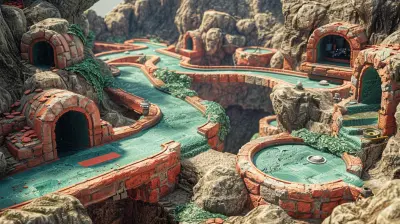How to Introduce Your Kids to Nintendo Games
9 August 2025
Introducing your kids to the world of Nintendo games can be one of the most rewarding parenting experiences. If you're a gamer yourself, you probably have fond memories of playing Super Mario on the NES, battling friends in Super Smash Bros., or catching Pokémon on a Game Boy under the covers after bedtime (don’t worry, we won’t tell your parents). It’s only natural to want to pass the controller down to the next generation, right?
But where do you start? With decades of history, countless characters, and dozens of consoles, jumping into Nintendo’s universe can feel a little overwhelming — for both you and your kids. Don’t worry though, I’ve got your back.
Let’s break it down together, step-by-step, and make sure your kiddo’s first Nintendo adventure is magical, just like yours was!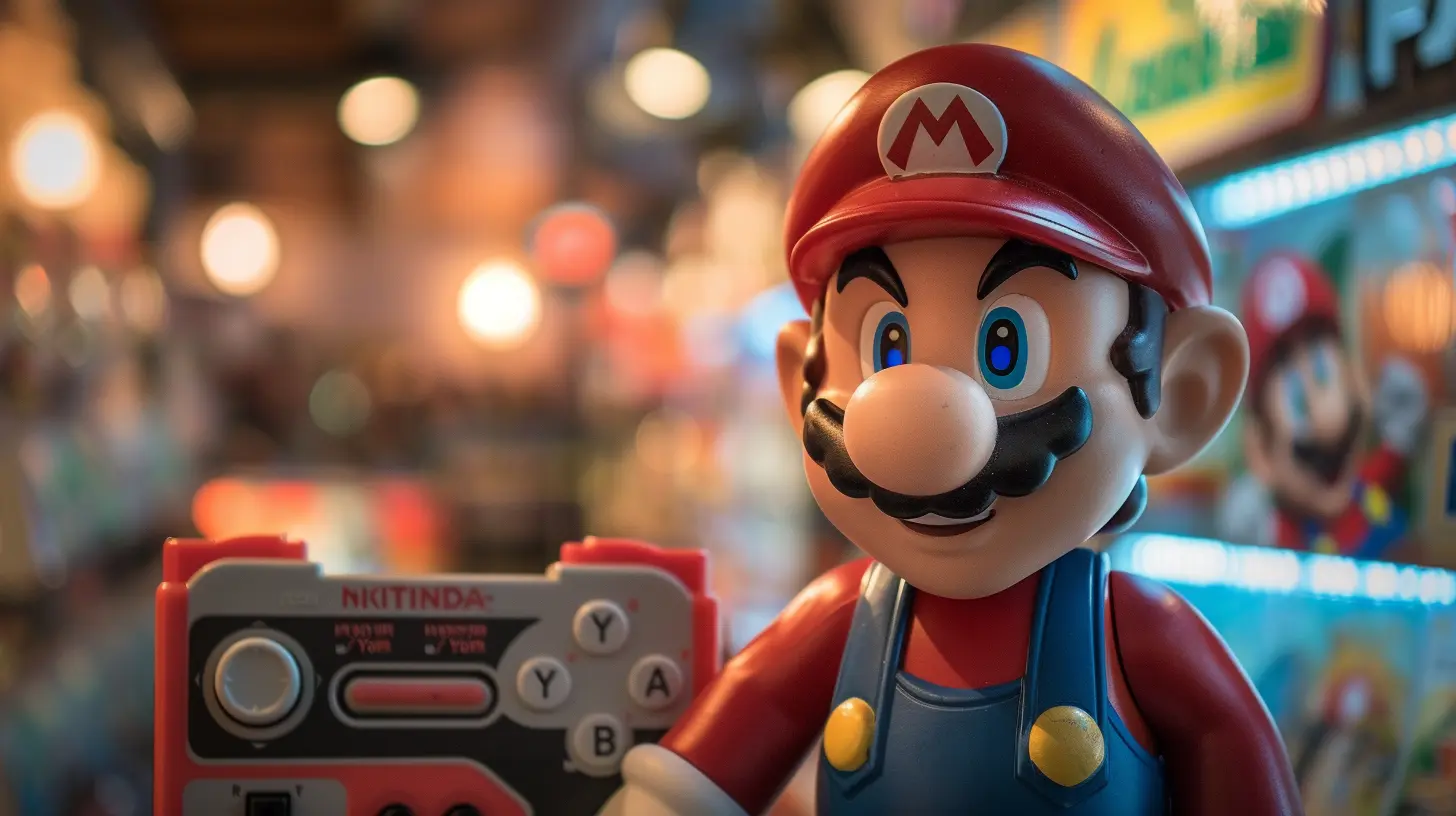
Why Nintendo is a Great Choice for Kids
Before we dive into the how, let’s talk about the why.Nintendo has built a legacy on family-friendly fun. Most of their top franchises are designed with players of all ages in mind. That means clear instructions, minimal violence, colorful graphics, and characters that kids instantly fall in love with.
Think about it — Mario isn’t just a plumber. He’s a symbol of pure joy. Link isn’t just a sword-wielding hero. He’s courage personified. Kirby? Adorable and surprisingly deep. And don’t even get me started on Pikachu — that guy is practically a global icon.
Nintendo games emphasize creativity, problem-solving, teamwork, and even reading comprehension. They’re packed with positive messages and fun mechanics that make learning something new feel like playtime. That’s probably why Nintendo consoles are often the first gaming experience for millions of kids worldwide.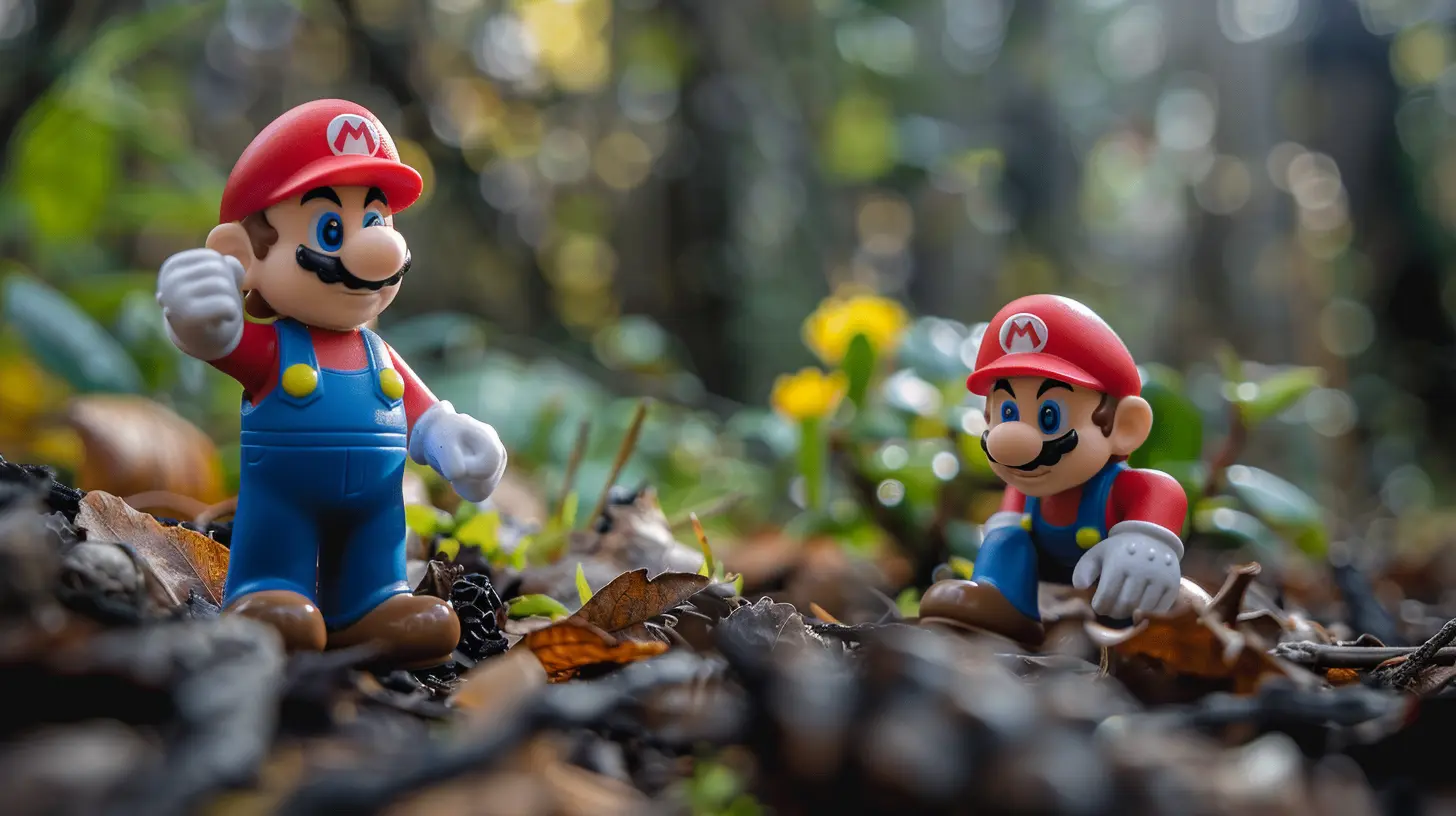
What Age is the Right Age?
Ah, the golden question.There’s no one-size-fits-all age to start gaming, but most parents find that ages 4 to 6 is a sweet spot for introducing simple, non-competitive games. At this stage, kids can understand basic controls, follow directions, and most importantly — they start falling in love with stories and characters.
That said, even toddlers can enjoy watching you play! Something like Animal Crossing: New Horizons can serve as an animated storybook — one you control. Sit them on your lap, let them press a few buttons here and there, and watch their eyes light up. It’s like watching a Disney movie, but way more interactive.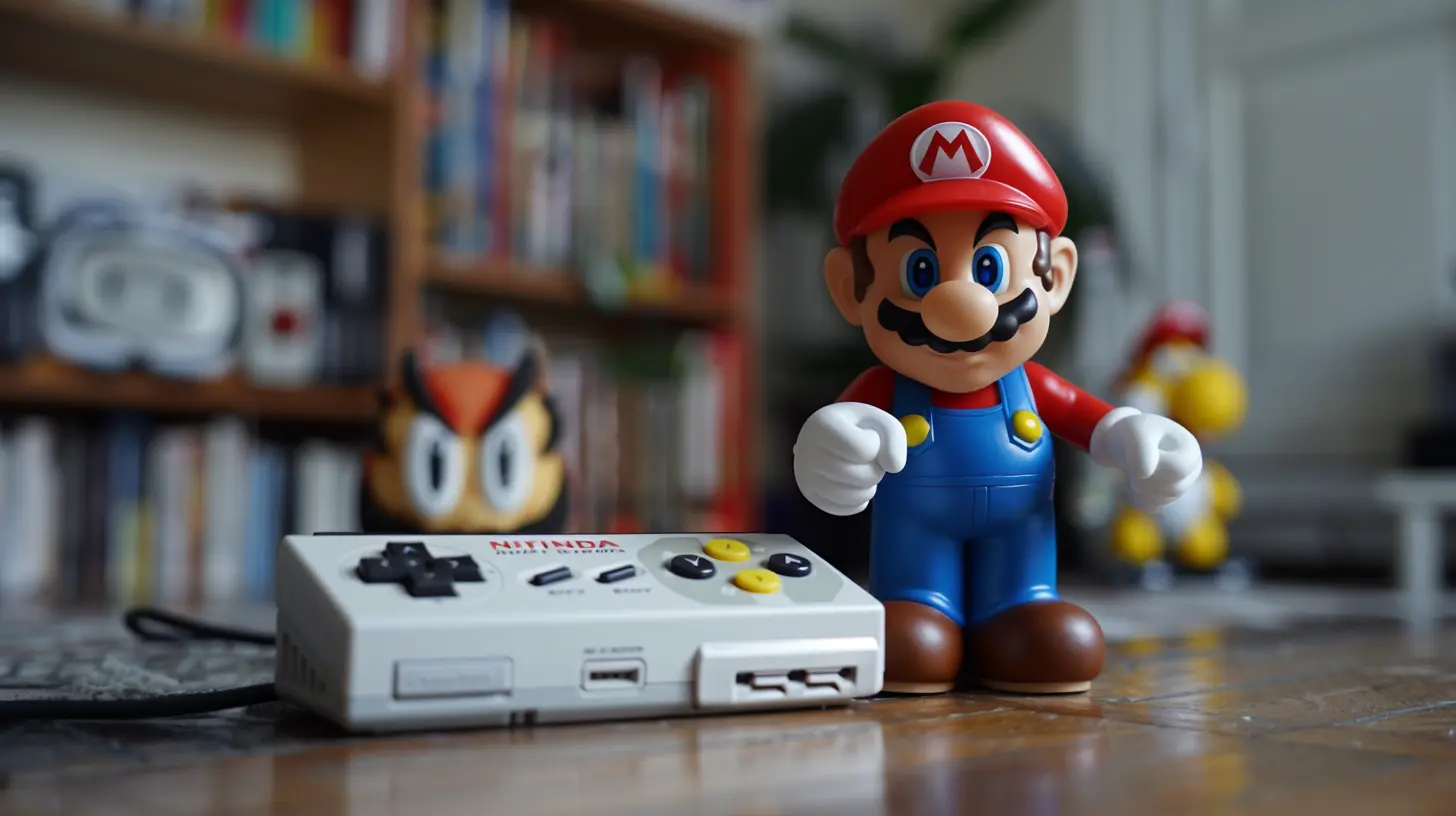
Start with the Right Console
Let’s be real. Nintendo has no shortage of consoles, from classic NES systems to the modern Nintendo Switch. So which one should you pick for your kid?Go With the Nintendo Switch or Switch Lite
The Nintendo Switch is hands-down your best bet. Here’s why:- Hybrid Design: You can dock it to play on the TV or take it on the go for car rides or waiting rooms.
- Parental Controls: Extremely user-friendly. You can control screen time, game access, and even monitor play reports from your smartphone.
- Game Library: Massive variety of kid-friendly games. From indie titles to major franchises, there’s something for everyone.
Don’t need the flexibility of docking to a TV? The Nintendo Switch Lite is a more affordable, handheld-only version that still plays the same games.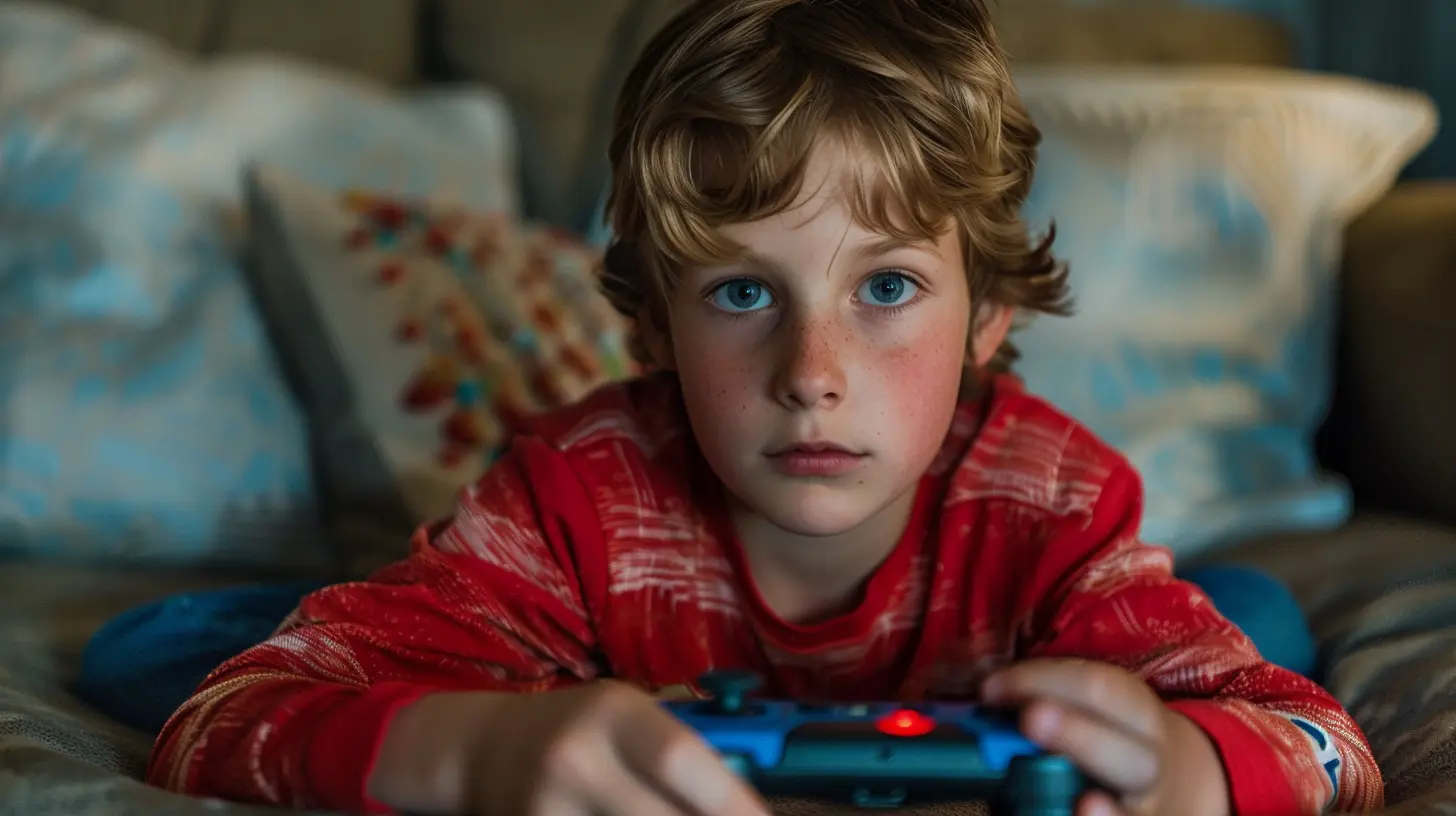
Choose the Right Games to Begin With
Here’s the fun part — picking the games! You want to start with titles that are:- Easy to learn
- Engaging without being overwhelming
- Non-violent
- Bright and colorful
- Rewarding for exploration and creativity
Here are some great starter choices:
1. Mario Kart 8 Deluxe
Who doesn’t love a good race? This game is easy to pick up and play, and the auto-drive option helps younger kids stay on track (literally). It's also a great multiplayer game for family bonding time.2. Super Mario Odyssey
This is the gold standard for 3D platformers. It's fun, full of secrets, and not too punishing. It even has an "Assist Mode" for younger players who need a little guidance.3. Animal Crossing: New Horizons
If your child likes pretend play and decorating, this is perfect. They'll get to build their own island paradise, make friends with cute animal villagers, and explore at their own pace — no pressure, just chill vibes.4. Kirby and the Forgotten Land
Kirby games are fantastic for beginners. They’re colorful, forgiving, and full of charm. The new 3D adventure format in this game makes it even more engaging and accessible.5. Pokémon: Let’s Go Pikachu/Eevee
A light and friendly intro to the Pokémon franchise, combining traditional gameplay with simplified mechanics. Plus, who can resist Pikachu?Make It a Shared Experience
Here’s the secret sauce: don’t just hand your kids a controller — play with them.Sit down together and make it an activity you enjoy as a family. Cheer them on when they beat a level, laugh when you both mess up, and celebrate the little wins. Co-op modes in games like Super Mario 3D World or Luigi’s Mansion 3 make for excellent team-building (and tons of giggles).
You can also take turns and let them be your “coach” while you play. Kids love the power dynamic shift — and it helps develop critical thinking and problem-solving when they have to “guide” you through a level.
Use the Built-In Learning Opportunities
Believe it or not, gaming with your kids isn’t just about fun. It’s also full of learning moments:- Reading Skills: Many Nintendo games involve reading dialogue or item descriptions.
- Math Skills: Managing coins, hit points, or crafting resources helps develop early math concepts.
- Critical Thinking: Puzzle-solving, strategizing, and planning an island layout (hello, Animal Crossing!) encourage creativity and logic.
Turn these moments into casual learning opportunities. Ask questions like, “What do you think we should try next?” or “Why do you think that didn’t work?” This keeps their brain engaged while keeping the fun front and center.
Set Boundaries and Keep Screen Time Healthy
Alright, this one matters — a lot.Introducing your kids to gaming doesn’t mean letting them play non-stop. The key is balance. Nintendo’s Parental Controls app is your best friend here. You can set daily play limits, restrict content, and even get reports on how much time your child is spending in each game.
Make a routine that includes game time, outdoor play, reading, and family activities. Use games as rewards or wind-down time instead of letting them take over the entire day.
And hey, it also helps to model good gaming behavior yourself. If they see you getting frustrated or glued to the screen for hours, they’ll do the same.
Talk About What They’re Experiencing
One of the best ways to deepen your child’s connection to games is to talk to them about what they’re playing. Ask questions like:- “Which part of that level was your favorite?”
- “Why do you like that character?”
- “What would you do differently if you made your own game?”
These conversations not only show your support but also strengthen your bond. It’s like discussing a favorite movie together — only way cooler because they’re the star of the show.
Respect Their Pace
Some kids dive headfirst into gaming. Others take a bit longer. That’s totally okay.Don’t force it. If your child seems disinterested or frustrated, give them space. Maybe gaming isn’t their thing right now, or maybe they just need a different type of game. Keep options open, and let them gravitate toward what sparks joy.
Remember — this is about creating joy, not checking a box. If they love it, great! If not, that’s okay too. The invitation is there when they’re ready.
Build a Gaming Library That Grows With Them
One of the beautiful things about Nintendo is how its games scale with age. Start with simpler titles, then gradually introduce deeper or more complex games as your child grows. Think of it like leveling up their interests.Some great examples for older kids include:
- The Legend of Zelda: Breath of the Wild – for open-world exploration and epic storytelling.
- Splatoon 3 – for friendly online competition and unique mechanics.
- Super Smash Bros. Ultimate – for quick, action-packed fun with multiplayer appeal.
Keep an eye out for indie gems on the Nintendo eShop too. Many offer unique, wholesome experiences that can be perfect for growing minds.
Final Thoughts: Gaming is a Bridge, Not a Wall
Let’s be honest — parenting in a digital world can be a wild ride. But when used wisely, gaming can be a powerful bridge between you and your children. It’s not just about entertainment — it’s about imagination, connection, and mutual discovery.Introducing your kids to Nintendo games can open up a lifelong journey of creativity, storytelling, and shared experiences. You’re not just handing over a controller — you’re inviting them into a world where they can be heroes, explorers, and dreamers.
So go ahead — grab that Joy-Con, sit down on the couch, and press “Start” together. You’ll be amazed at what happens next.
all images in this post were generated using AI tools
Category:
Nintendo GamesAuthor:

Francesca West
Discussion
rate this article
1 comments
Oliver Mitchell
Engaging kids with Nintendo games can spark creativity and problem-solving skills. Start with family-friendly titles like "Mario Kart" or "Animal Crossing." Encourage cooperative play, set reasonable time limits, and discuss game themes to enhance learning and enjoyment.
August 16, 2025 at 2:30 AM

Francesca West
Absolutely! Engaging with family-friendly Nintendo games fosters creativity and problem-solving. Titles like "Mario Kart" and "Animal Crossing" are perfect starting points for cooperative play and valuable discussions. Happy gaming!
